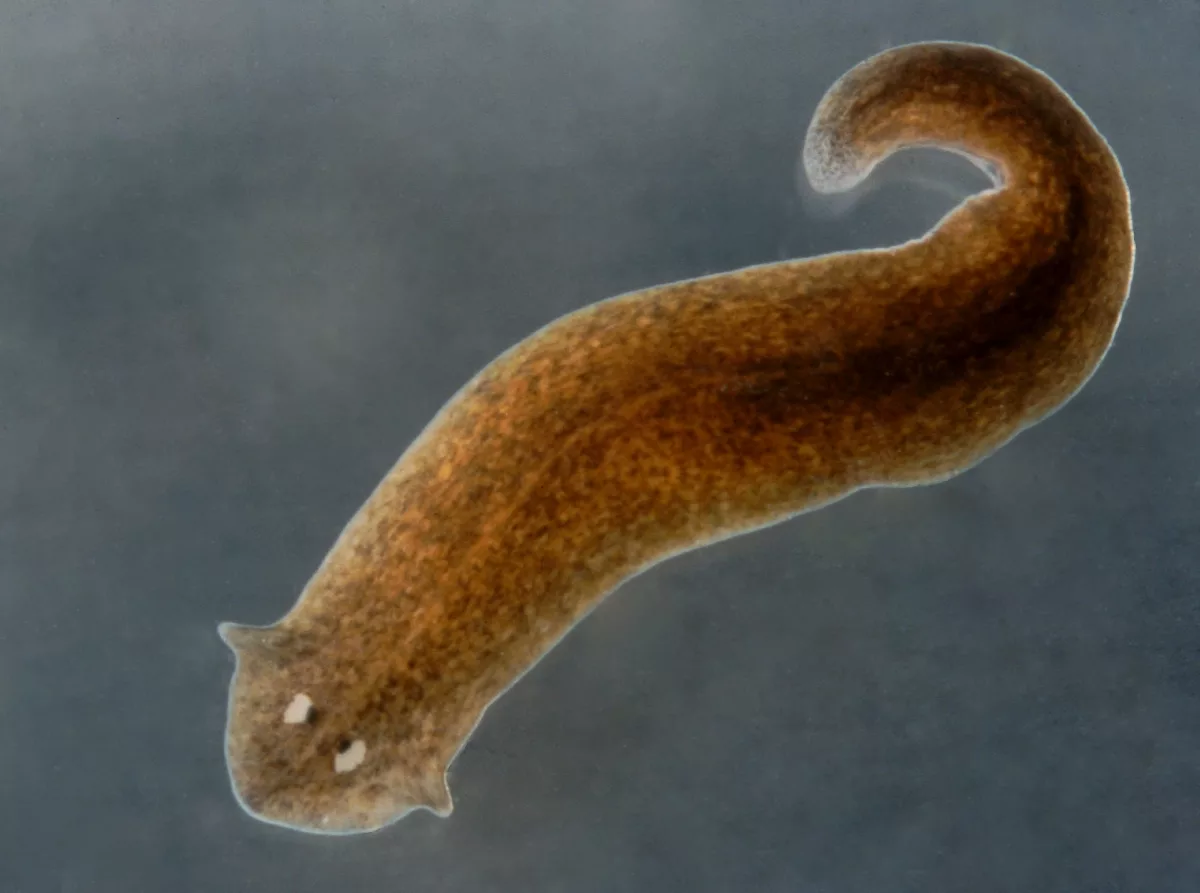Scientists Develop Flatworm-Inspired Medical Adhesive

Flatworm (Phylum platyhelminthes) / Ver plat (Phylum platyhelminthes). Image courtesy of McGill University.
Drawing inspiration from nature, researchers from McGill University have developed a medical adhesive that could save lives. The bio-adhesive reportedly absorbs and clots blood while also creating strong adhesion.
Every year around two million people die worldwide from hemorrhaging or blood loss. Uncontrolled hemorrhaging accounts for more than 30% of trauma deaths. To stop the bleeding, doctors often apply pressure to the wound and seal the site with medical glue. But what happens when applying pressure is difficult or could make things worse? Or the surface of the wound is too bloody for glue? Drawing inspiration from nature, researchers from McGill University have developed a medical adhesive that is modeled after structures found in marine animals like mussels and flatworms.
“When applied to the bleeding site, the new adhesive uses suction to absorb blood, clear the surface for adhesion, and bond to the tissue providing a physical seal. The entire application process is quick and pressure-free, which is suitable for non-compressible hemorrhage situations, which are often life-threatening,” explained lead author Guangyu Bao, who is a recently graduated Ph.D. student under the supervision of Professor Jianyu Li of the Department of Mechanical Engineering at McGill University.
When testing the new technology, the researchers found that the adhesive promotes blood coagulation. The adhesive can also be removed without causing re-bleeding or even left inside the body to be absorbed. “Our material showed much better-improved safety and bleeding control efficiency than other commercial products. Beyond bleeding control, our material could one day replace wound sutures or deliver drugs to provide therapeutic effects,” said senior author Professor Jianyu Li.
The paper, “Liquid-infused microstructured bioadhesives halt non-compressible hemorrhage” by Guangyu Bao et al., is published in Nature Communications.
Looking for a reprint of this article?
From high-res PDFs to custom plaques, order your copy today!



